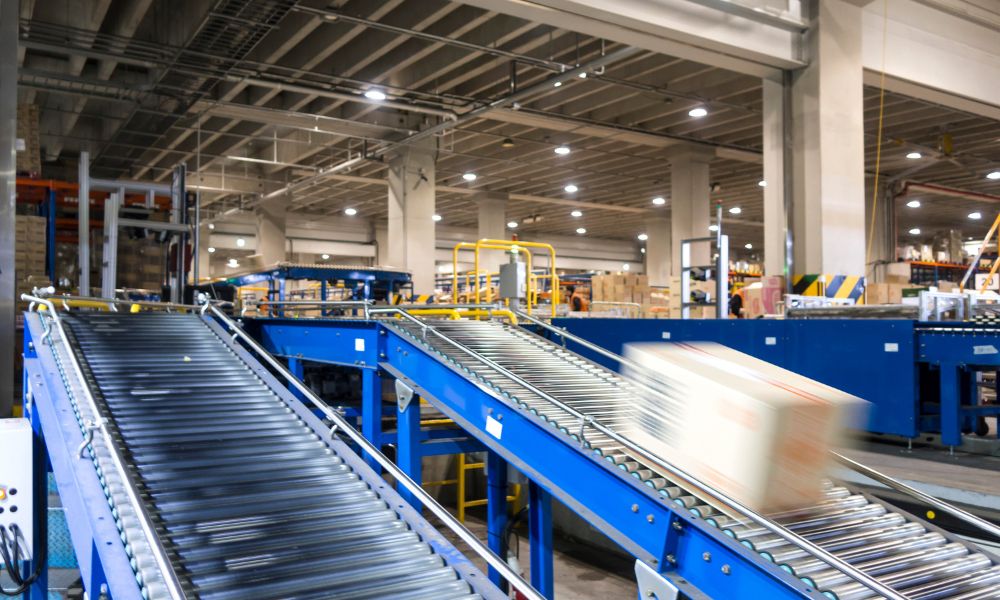While it’s normal to focus on the production and assembly of your actual product, you can’t afford to overlook the product’s packaging process. An automated packaging line can make getting your products ready to ship so much more efficient. What are the key components of any automated packaging line, and how do they interact? We’ll answer these questions and walk you through a full packaging system to show you how it all works.
Primary Packaging: Individual Products
Once you finalize your product, each individual unit must go into its own package. These primary packages are unique to the products themselves. They are form-fitting and designed to protect each individual unit.
You’ll need to consider a few factors when designing this step of the packaging line. How will you orient the products? Does the product require sterile conditions? Does more than one product fit in a single package? Primary packaging is often what end-users will see and interact with, so it pays to carefully design your automated packaging system.
Secondary Packaging: Case Filling
Once each individual product is ready to go, the second key component of an automated packaging line is case filling. Secondary packaging tends to involve case erectors, case sealers, and label applicators as individual products are grouped into larger units. This secondary packaging is essential for shipping your products safely, so relying on human hands is often riskier than an automated system.
Automated secondary packaging cuts down on the amount of space you would need for humans to do the same job. Fully automated packaging systems are also simple to adjust on the fly in case you need to create cases of different sizes for a wide range of products.
Tertiary Packaging: Bulk/Palletization
Larger assembly operations often involve tertiary packaging steps as well. This is often referred to as the palletization step because it tends to involve packaging many cases of products into even larger units on top of pallets. Tertiary packaging can be as complex as you need it to be. If you only package in cube boxes, you can rely on a simpler system. If your cases tend to be oddly shaped, extremely heavy, or have another aspect that makes them hard to ship, you’ll need to go with a more intricate packaging system.
Whether you need a fully automated packaging system that starts from the ground up or you just need a single machine to improve your production efficiency, OK International has you covered. We work closely with all our clients to ensure that you have exactly the machines that will best support your production line.


